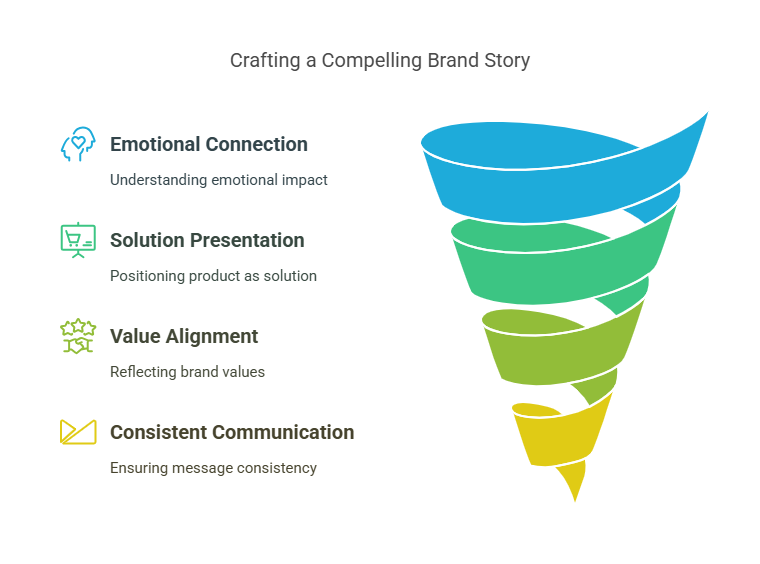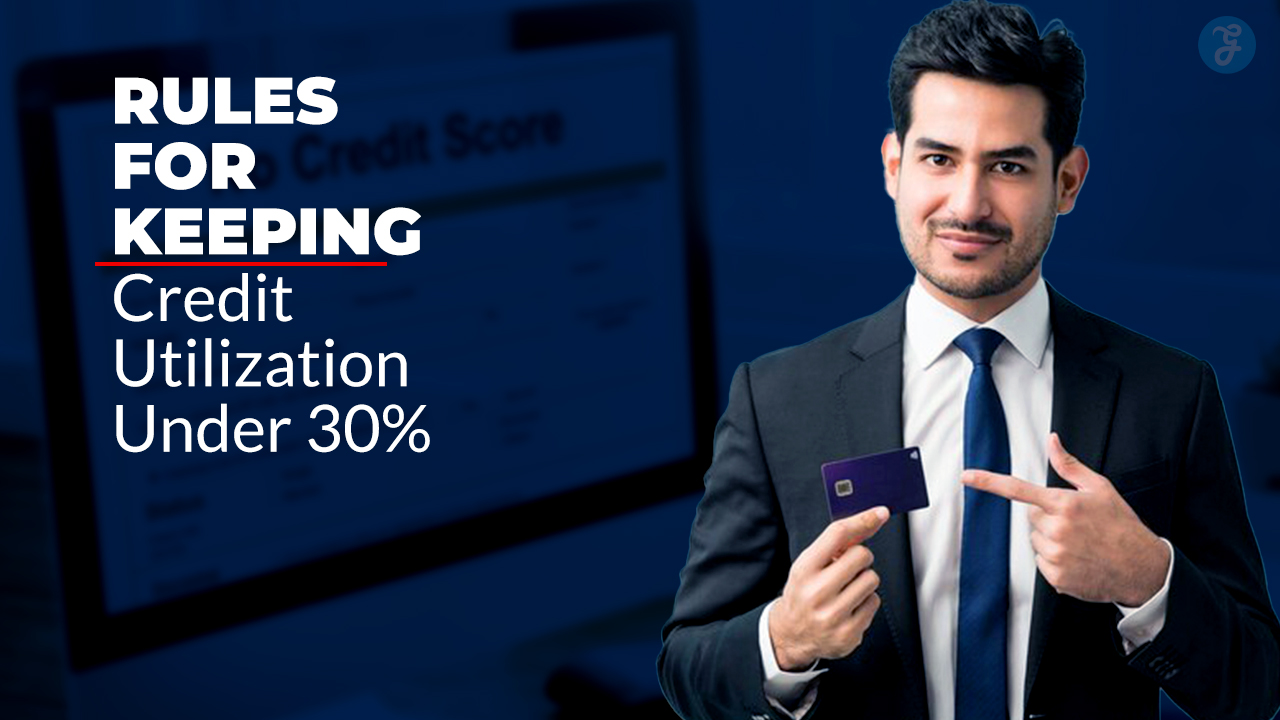Are you finding it difficult to make your retail brand distinguishable? With numerous businesses vying for attention, it can be challenging to create a name that captures attention and remains memorable.
Many retailers encounter this issue while trying to engage with their customers.
Retail branding plays a vital role in achieving success. A unique identity fosters trust, enhances customer loyalty, and differentiates you from competitors. It’s more than just appearance—it’s about forming an emotional bond.
This blog will provide 10 straightforward tips for crafting a unique retail brand identity. These strategies will help develop your brand image and draw devoted customers. Stay tuned!
Understand Your Target Audience
Know who your buyers are. Use focus groups or consumer research to find out their needs, habits, and preferences. For example, 59% of shoppers browse online before buying in-store.
This is called “webrooming.” Another 54% check items in-store but buy them online—this is “showrooming.” Study these trends to shape your retail brand identity.
Create buyer personas based on real data. These imaginary profiles should reflect key details about age, values, and shopping behavior. Include Gen Z if they fit your market—they value social media presence and unique styles.
Understanding this helps you connect emotionally with customers and build trust while improving customer loyalty over time.
Develop a Strong Visual Identity
Your brand’s appearance should stand out and capture attention. Use unique elements to create a memorable look that feels true to your values.
Choose distinctive colors, logos, and typography
Distinctive visuals make a brand stand out. Focus on creating elements that leave a lasting impression.
- Choose brand colors carefully. Colors trigger emotions and help with brand recognition. For example, blue conveys trust, while red evokes excitement.
- Design straightforward logos. Memorable designs enhance recognition and build customer loyalty over time.
- Use classic shapes in the logo. Avoid trendy designs that lose appeal quickly.
- Keep fonts easy to read. Select typography that reflects your brand personality and tone of voice.
- Maintain consistency across platforms. Use the same colors, logo, and fonts on websites, social media, and packaging.
- Establish clear brand guidelines to ensure visual identity remains cohesive as you expand.
- Test your designs early through user research or focus groups for improved outcomes before launching them live!
Create cohesive branding across all platforms
A cohesive brand ties everything together. It makes your retail business easy to spot and trust across all touchpoints.
- Choose specific brand colors for your retail store, social media, and website. Stick to these colors everywhere for consistency.
- Use the same logo design on every platform, from packaging to Instagram profiles. This helps build strong brand recognition.
- Pick fonts that match your brand personality and stay consistent with them in all communications, both online and offline.
- Align your physical store layout with your digital branding by using similar visuals or designs in both spaces.
- Create a brand guideline document that includes color palettes, typography rules, and logo placements to ensure uniformity everywhere.
- Maintain the same tone of voice on social media captions, email newsletters, and customer support messages to show one clear brand identity.
- Incorporate visual merchandising within stores that mirrors the feel of online shopping experiences like Warby Parker does beautifully.
- Ensure user experience designers develop websites that reflect offline branding elements for seamless product branding.
- Match advertising impressions such as marketing campaigns or ad designs with other branding strategies for a connected message.
- Use similar emotional connections in your storytelling across channels to strengthen customer loyalty over time!
Craft a Compelling Brand Story
Every great brand story starts with a problem. Show what your customers face and how it affects them emotionally. Then, position your product or service as the solution. Explain how it changes their lives for the better.
For example, Warby Parker began by solving overpriced eyewear issues—making quality glasses affordable yet stylish. This simple approach builds an emotional connection while giving customers a reason to trust you.
End with a strong resolution that reflects your values and mission statement. Show how your business creates long-term positive impacts on their lives or society, like brands focusing on sustainability or ethical practices do.
Stay consistent in all communication channels, from ad campaigns to social media posts and online shopping platforms. A well-told story makes people care about your brand identity and boosts customer loyalty over time!
Deliver a Consistent Customer Experience
Give shoppers the same great experience in-store, online, and everywhere else to boost trust and loyalty.
Align physical stores with online presence
Match your store’s look with your online branding. Use the same color palette, logo design, and brand voice everywhere. A shopper should feel the connection between both spaces.
Integrate technology for a smooth shopping experience. Allow customers to check in-store inventory online or offer easy returns at physical locations for online purchases. This builds customer trust and increases satisfaction across all touch points.
Maintain consistent messaging across channels
Keep your brand voice the same everywhere. Use Digital Asset Management (DAM) systems to organize logos, designs, and messaging tools. A clear color palette and logo design help customers recognize your brand quickly.
Integrated marketing ensures your online shopping ads match in-store looks. Align written messages on social media, emails, and store signage. This builds trust and boosts customer loyalty over time.
Leverage Technology to Enhance Shopping Experiences
Use smart tools like apps or virtual features to make shopping easier and more fun—learn how they can set your brand apart.
Use augmented reality or virtual try-ons
Augmented reality (AR) boosts the shopping experience. It lets customers see products in real-time before buying. Virtual try-ons help with items like glasses, clothes, or makeup. This reduces return rates and builds shopper confidence.
Retailers like Warby Parker use AR to let users try on glasses digitally. These tools create fun experiences while increasing brand loyalty. Shoppers enjoy personalized service from the comfort of home or in-store setups.
Incorporate mobile apps for seamless shopping
Mobile apps make shopping faster and easier. They use features like voice commerce and augmented reality to improve the experience. Customers can ask for products using their voices or see how items look in real life through virtual try-ons.
Retail apps also offer better customer service with tools like chatbots. These bots answer questions quickly, helping users at any time. A smooth app design boosts brand loyalty by creating user-friendly experiences that customers trust and enjoy.
Personalize the Customer Journey
Use customer data to make shopping experiences unique. Loyalty programs can track purchase history and preferences, helping you suggest products customers love. For example, HubSpot reports that 80% of shoppers want brands to understand their needs.
Send targeted emails with product recommendations based on past purchases. Offer discounts for items left in carts or wishlists. Personal touches create emotional connections, boosting customer loyalty and satisfaction while increasing sales in the retail industry.
Emphasize Social Proof and Customer Reviews
Positive reviews boost customer trust. Shoppers often rely on feedback before making a choice. Brands like Warby Parker showcase testimonials to build confidence and credibility. Highlighting five-star ratings or happy customer stories on your website can strengthen brand recognition.
Social proof creates an emotional connection with buyers. Display user-generated content, such as photos of real customers using the product, on social media platforms. Encourage satisfied shoppers to leave reviews through email prompts or loyalty rewards.
These efforts increase engagement and improve your brand identity over time.
Focus on Sustainability and Ethical Practices
Sustainability matters to shoppers. Over 60% of consumers say a brand’s environmental efforts affect their choices. Using recycled or biodegradable packaging shows care for the planet.
Retail branding with these practices builds trust and customer loyalty.
Ethical practices shape your brand values and reputation. Offer fair wages, source materials responsibly, and reduce waste in product development. These steps align with today’s consumer preferences.
Gen Z, in particular, supports brands that stand for meaningful social responsibility.
Build Community Engagement
Host fun store events, partner with local businesses, and connect with your customers to build a loyal community.
Host in-store events or workshops
Run workshops to share skills or show new products. Use brand colors and visual identity for event signs to boost recognition.
In-store events let customers connect deeply with your brand personality. These create lasting memories and inspire customer loyalty over time.
Collaborate with local businesses or influencers
Team up with local businesses to host events or workshops in your store. For example, a coffee retailer could invite a local pastry chef for a tasting session. These events boost brand engagement and draw foot traffic while supporting community connections.
Partnering with influencers helps promote your brand authentically. Long-term collaborations build trust and loyalty among their followers. This strategy works well on social media platforms like Instagram or TikTok, especially for Gen Z audiences seeking relatable content.
Invest in Staff Training and Development
Staff training builds customer trust and improves brand loyalty. Digital learning offers flexible schedules, letting employees train at their own pace. Scenario-based training boosts product knowledge and real-world sales skills.
These methods create better customer experiences in both online shopping and physical stores.
Well-trained staff embody your core values and strengthen your brand personality. They help communicate the brand promise to customers through effective service. Regular development programs also increase employee satisfaction, reducing turnover rates while promoting consistent brand consistency across all touchpoints.
Takeaways
A strong retail brand identity helps businesses stand out. It builds trust and keeps customers coming back.
Dr. Rachel Harper, a branding expert with 20 years of experience, shares her insights on this topic. She holds a Ph.D. in Consumer Behavior and has worked with global brands to create lasting identities.
Her research focuses on how design and storytelling shape customer loyalty.
Dr. Harper says that the tips in this blog are practical and effective for creating unique brands. Using visuals like logos or colors creates instant recognition. Telling a story connects emotionally with shoppers, leading to stronger bonds.
She stresses that ethical practices matter too—customers value honesty about materials, sourcing, or sustainability efforts.
To use these strategies daily, Dr. Harper suggests starting small: align your store’s look with online branding first; then work toward personalizing services based on buyer preferences.
While these steps offer great benefits, she notes consistency can be challenging across platforms or locations without proper planning tools—but it’s worth it for long-term success.
Her final advice? Follow these steps carefully while staying true to core values; they maximize growth while keeping loyal shoppers engaged!
FAQs on Tips For Creating A Unique Retail Brand Identity
1. What is a retail brand identity?
A retail brand identity is how your business presents itself to customers through visual elements, values, and overall personality. It includes things like your logo design, color palette, and store layout.
2. How can I create a strong emotional connection with my target audience?
You can build an emotional connection by focusing on customer experience, sharing core values in your mission statement, and delivering on your brand promise consistently.
3. Why is brand consistency important for retail branding?
Brand consistency helps with customer recognition and builds trust over time. Using the same brand colors, voice, and guidelines ensures that shoppers have a clear idea of who you are across all touchpoints.
4. How does competitive analysis improve my retail branding strategy?
Competitive analysis shows what works for other brands while helping you find ways to stand out through differentiation—like offering unique shopping experiences or emphasizing environmental sustainability.
5. What role does social media play in building a unique brand identity?
Social media allows you to showcase your visual identity and engage directly with consumers using influencer marketing or social proof strategies to boost awareness and loyalty.














































